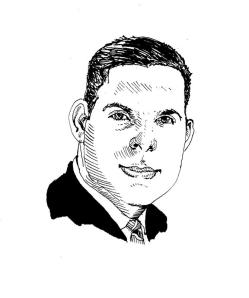 Faced with rising joblessness and dithering public approval of his administration’s handling of the unemployment situation, President Obama announced last Thursday that he would convene a jobs summit in Washington in December. In explaining the motivation for the forum, the president conveyed that policy makers are “open to any demonstrably good idea to supplement steps we’ve already taken to put Americans back to work.”
Faced with rising joblessness and dithering public approval of his administration’s handling of the unemployment situation, President Obama announced last Thursday that he would convene a jobs summit in Washington in December. In explaining the motivation for the forum, the president conveyed that policy makers are “open to any demonstrably good idea to supplement steps we’ve already taken to put Americans back to work.”
Economists expect that a return to job growth will lag behind the end of the recession. For the time being, however, private payrolls are still adjusting to sharply weaker demand than at the economy’s apex, in December 2007. In fact, jobs and hours worked are now being cut faster than output is falling. As a result, accounting measures of U.S. productivity have improved substantially in recent months. According to the Bureau of Labor Statistics’ preliminary report for the third quarter, the business sector’s labor productivity increased at an annualized rate of 9.5 percent. While the benefit of these gains is accruing to businesses, demand for goods and services will ultimately improve to a degree that allows employers to resume their hiring of highly qualified workers.
If history tells us that a recovery in jobs will follow on the current resumption of economic growth, and if the framework for analysis of labor markets supports this conclusion, why convene a summit at all? While conditions in financial markets and the real economy remain fragile and susceptible to shocks, there is a near-surfeit of evidence that the economy has resumed a modest expansion. Similarly, labor market’s headline measures show that job losses have moderated. Initial unemployment claims, for example, have ebbed from a peak of 674,000 in late March of this year to 502,000 claims as of last week. Net job losses have fallen even more, from a peak of 741,000 in January to a preliminary estimate of 190,000 in the preliminary report for October. Extrapolating from the current trend, job losses may turn to modest but sustained gains by the third or fourth quarter of next year.
With this in mind, some observers suggest that the summit is motivated by politics as much as by a conviction that something concrete will result. The appearance of action now, followed by job growth next year, will inevitably lead to intimations of a causal relationship before next November’s midterm elections.


